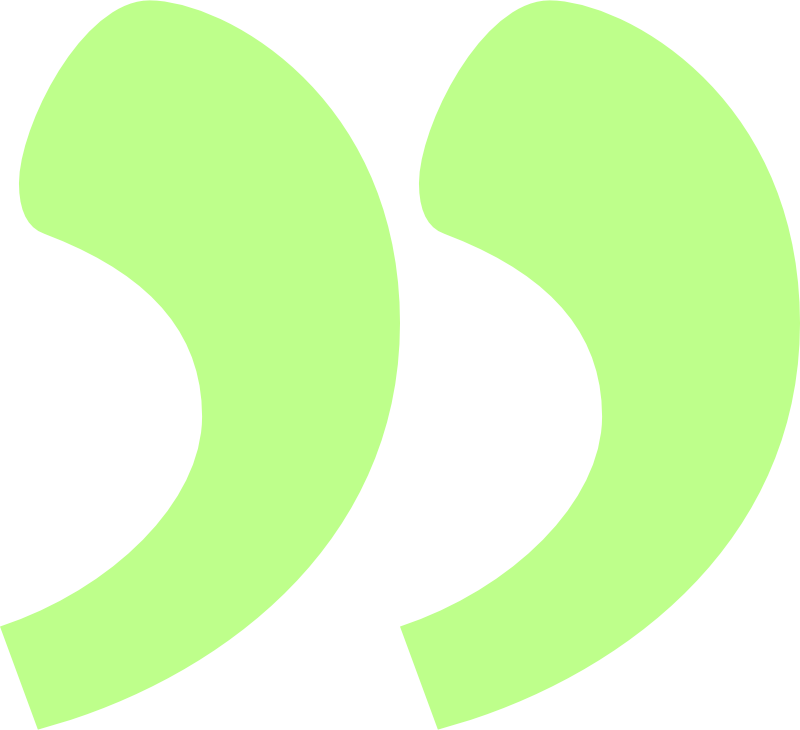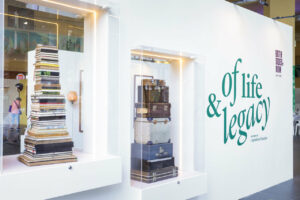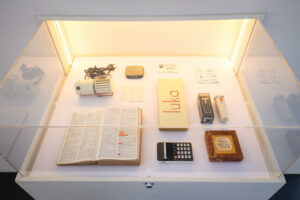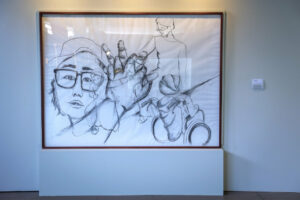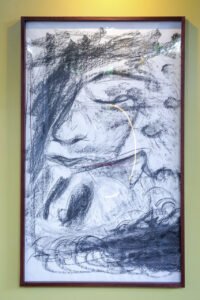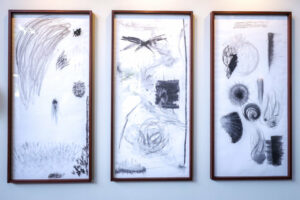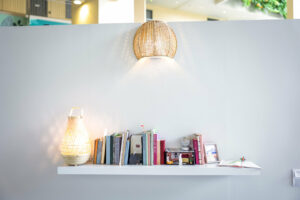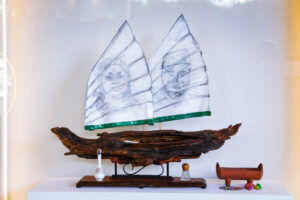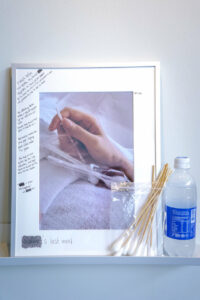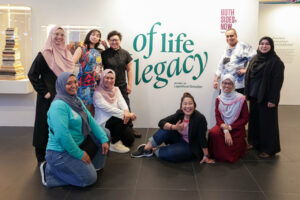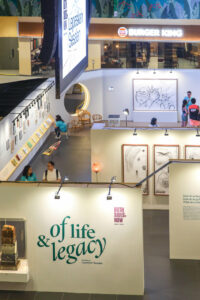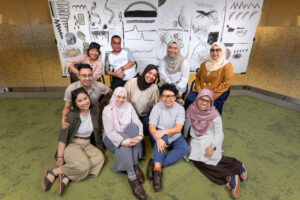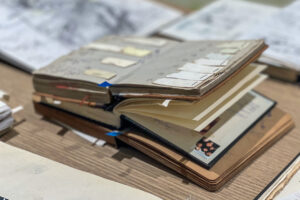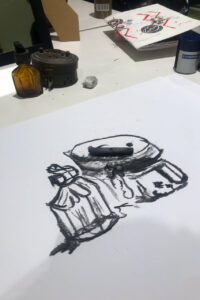About the Project
Personal belongings such as books, jewellery, or letters hold memories of those who have passed on. Acting as captures, these objects retain the unique touch and spirit of the individual, helping us to remember their legacy.
Multidisciplinary artist Dahlia Osman created an installation of capsules, including her late father’s belongings, at an exhibition that also featured artworks created by community art-makers who responded deeply to questions on love, loss, regrets, and leaving well.
Creation Process
Between March and the end of August 2022, Dahlia worked with community art-makers to create an installation of personal objects and drawings. These participants had in one way or another encountered Both Sides, Now: Mengukir Harapan in the past year, and were encouraged to bring a loved one to participate in the project together.
Over a series of 11 sessions, the participants were exposed to different creative techniques, including bookbinding, printmaking, self-portrait, and still object drawings.
At the same time, the participants were also taught principles and mediums where they could explore and touch on their creative sides. Conversations related to the themes of love, loss, regrets and leaving well were explored and facilitated by Moli Mohter, one of the leading artists for Both Sides, Now: Mengukir Harapan.
Credits
Artist & Participant Art-Makers
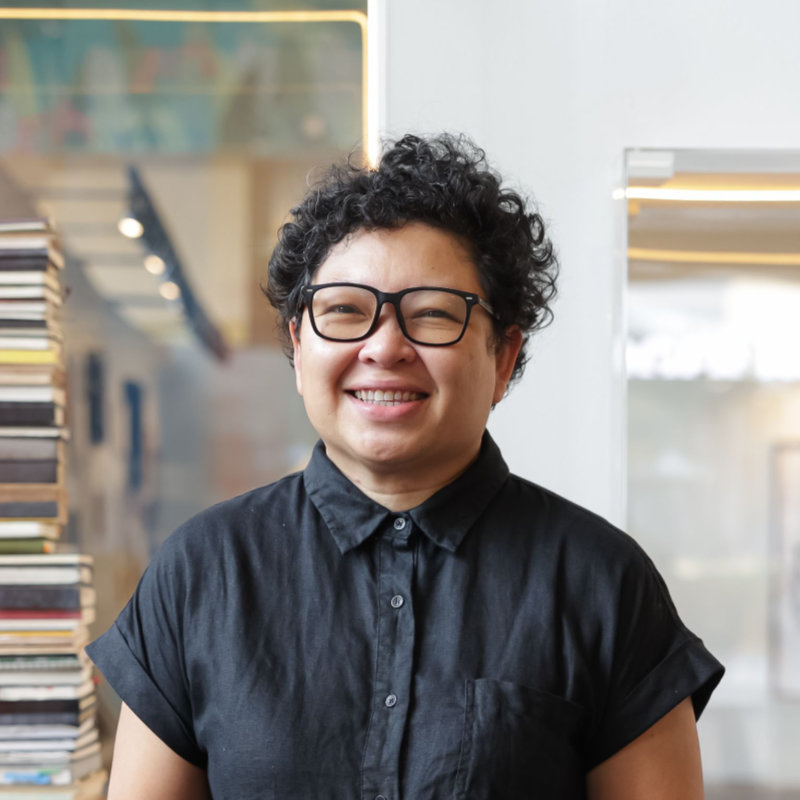
Dahlia Osman
Lead Artist
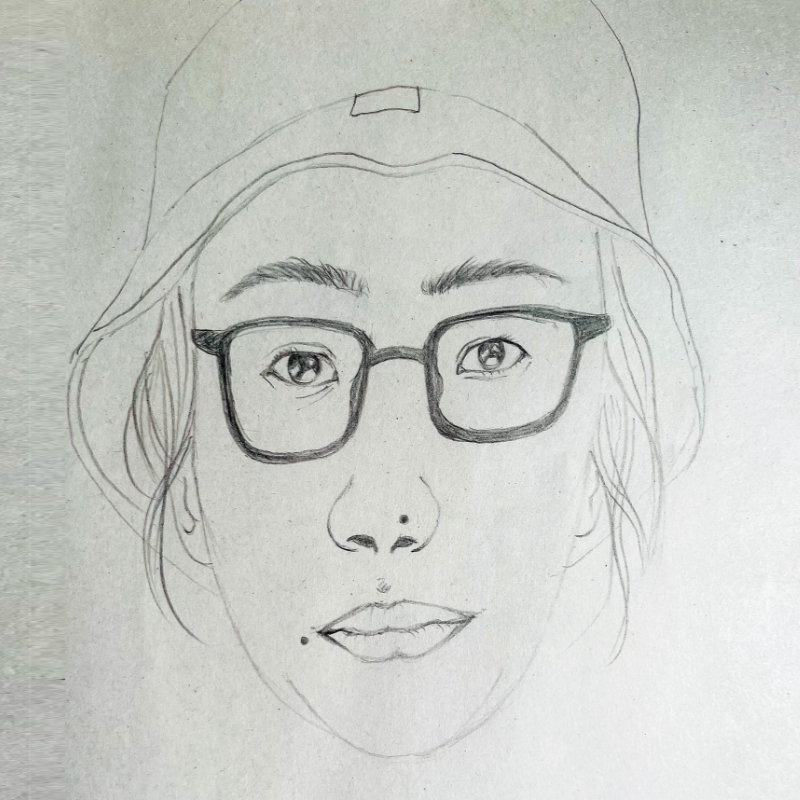
Decky ‘Aishah
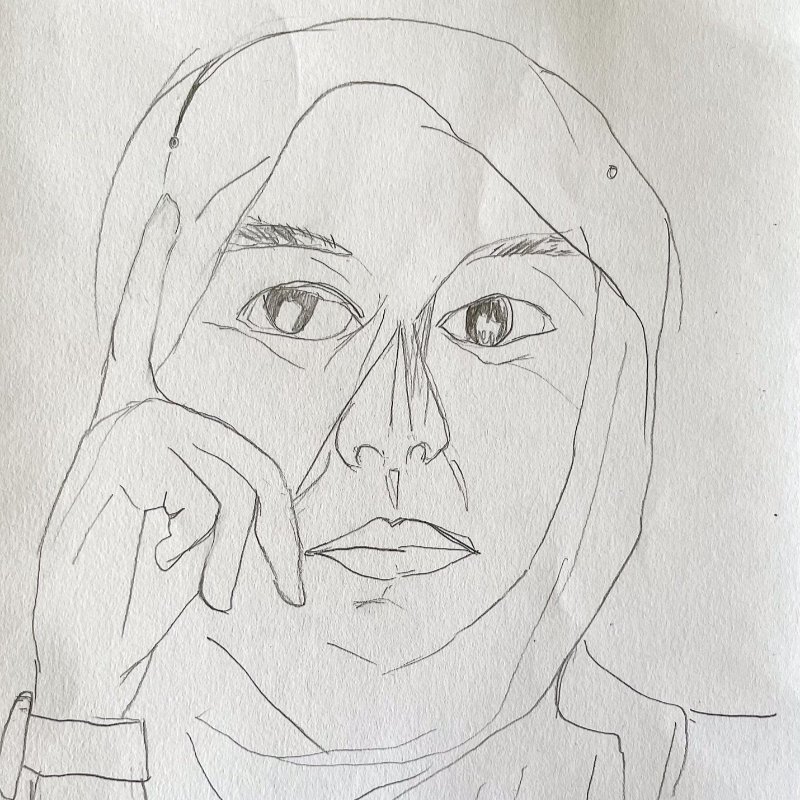
Nur’ Redhayanni
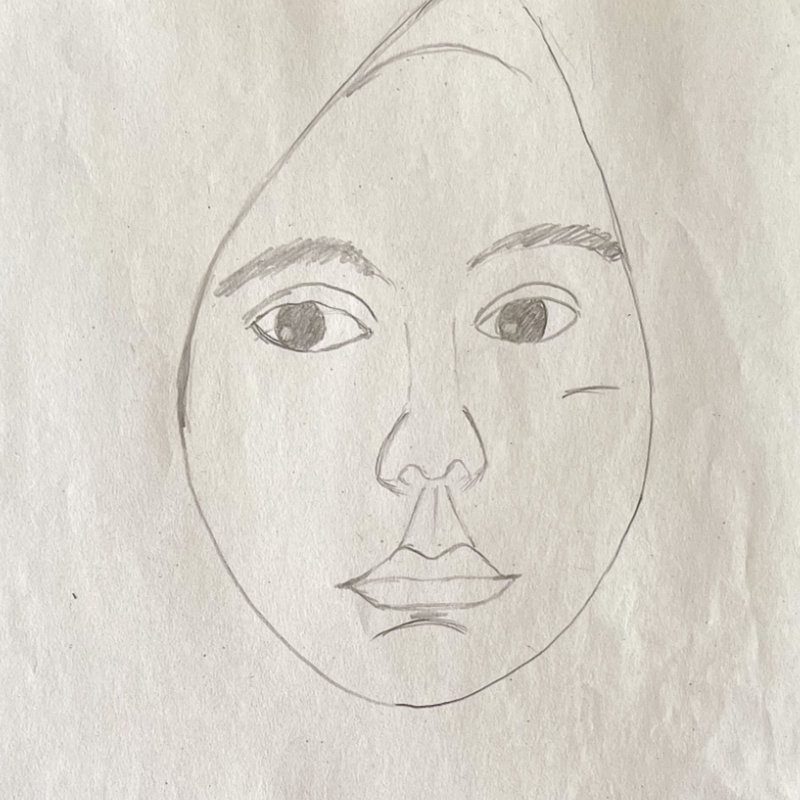
Amirah Raimi
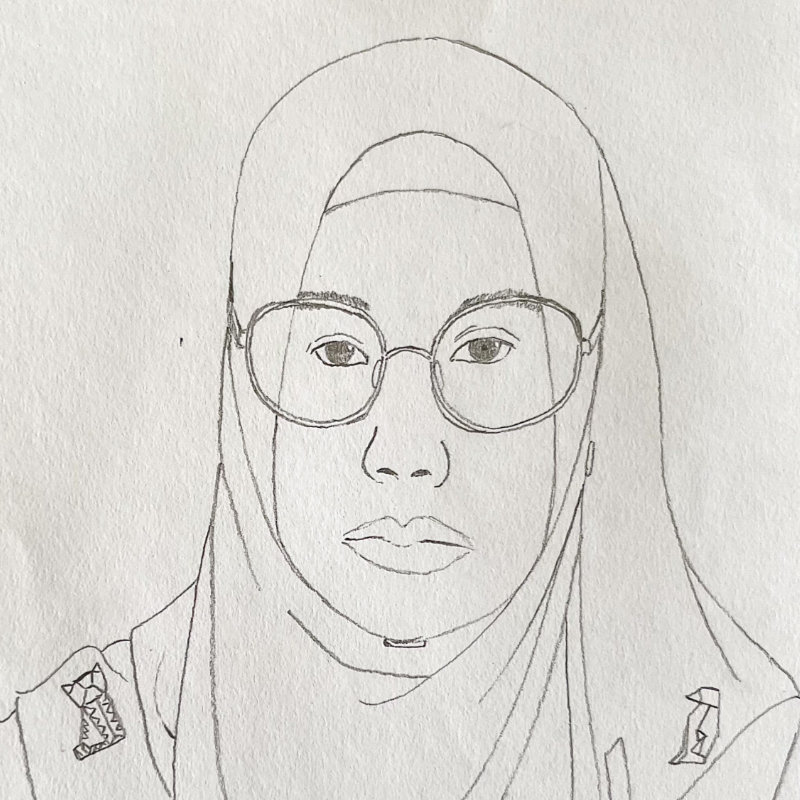
A’tiiqah Suhaimi
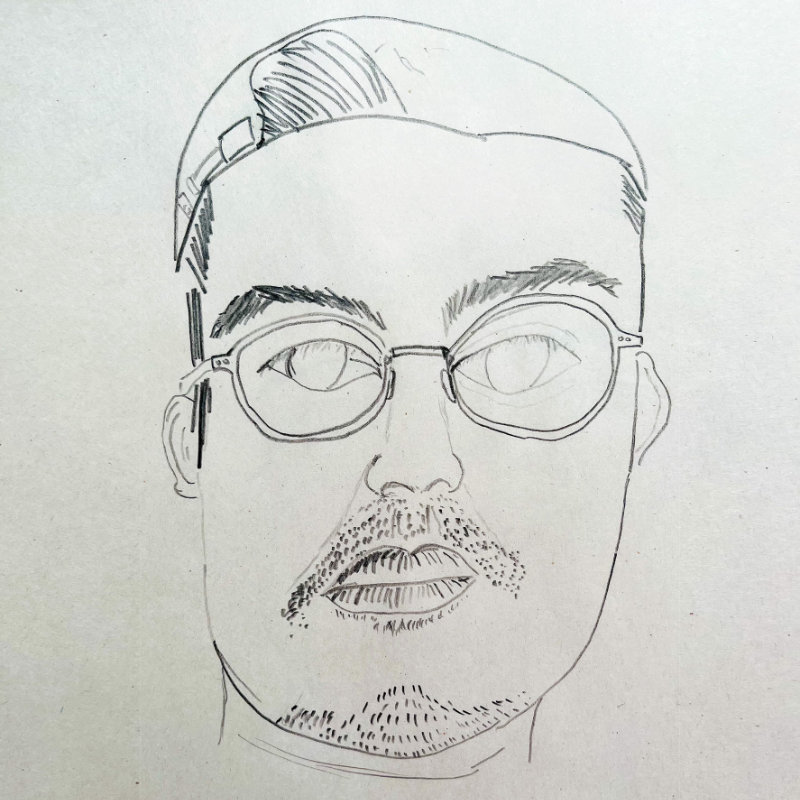
Mahathir Rahim

Noor Izzaty Ishak
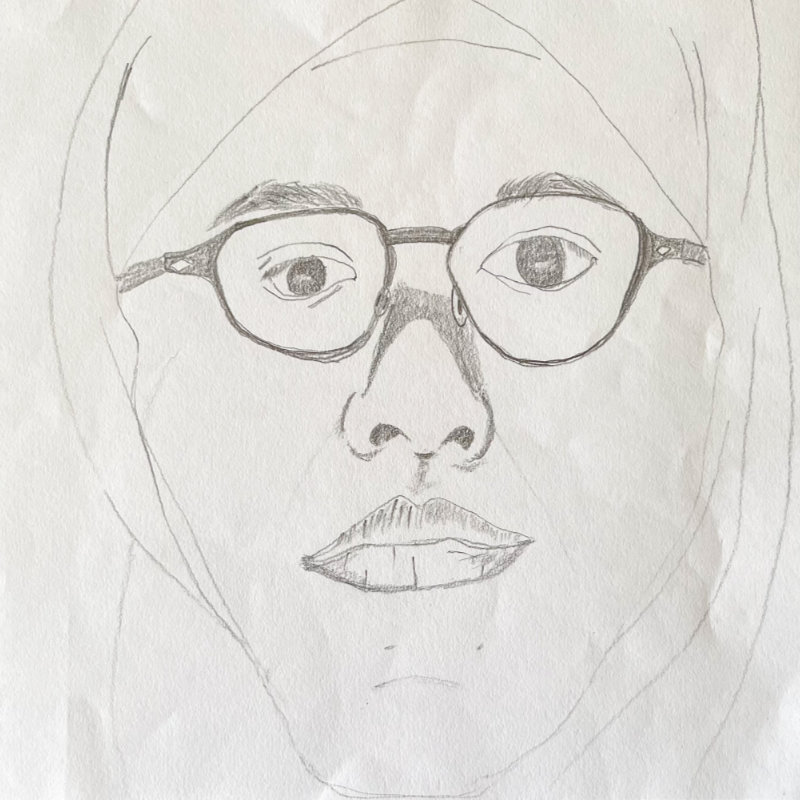
Noor Zayanah

Sherz Khan

tysha khan
Workshop Process
Community Voices
“… after attending a few sessions ..I see her (my daughter’s) perspective from another angle, not like me that I take things for granted, let things happen and go with the flow.”
